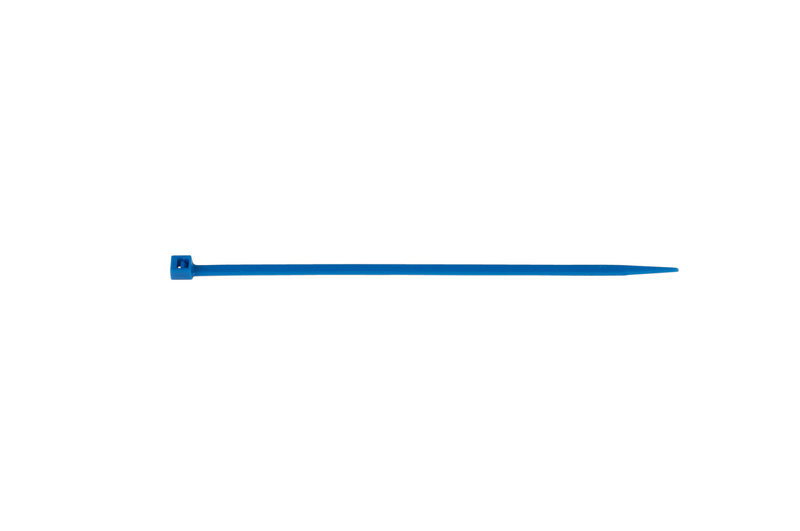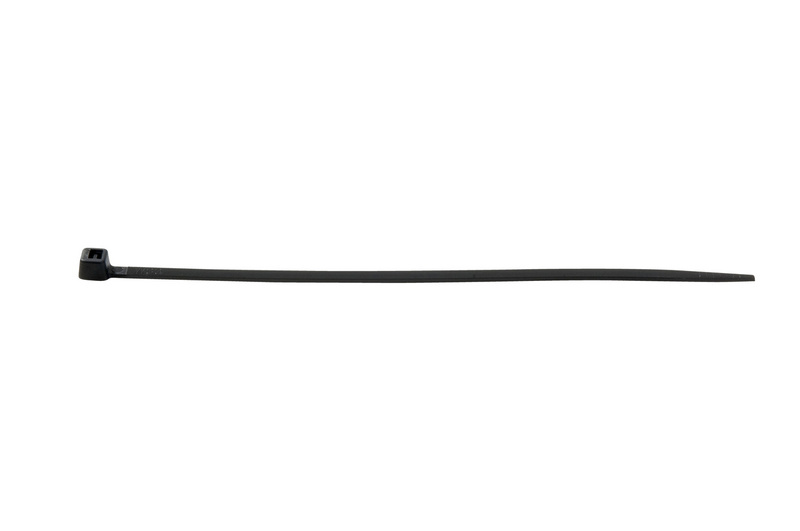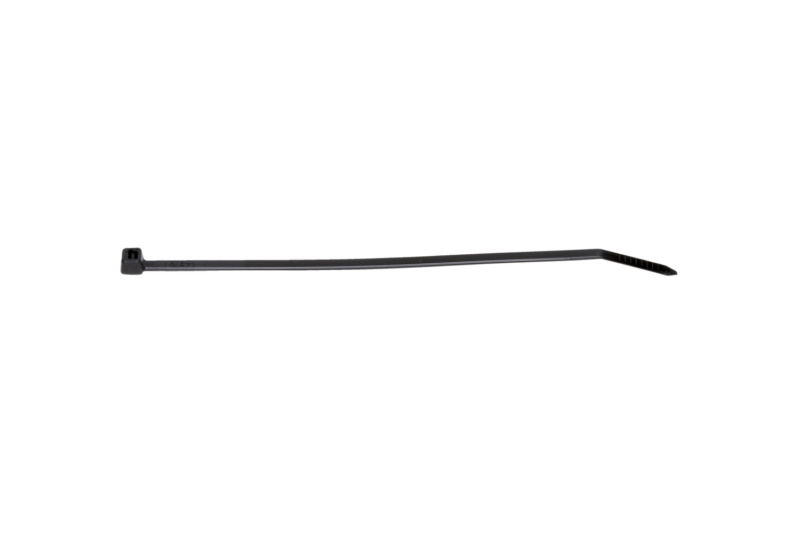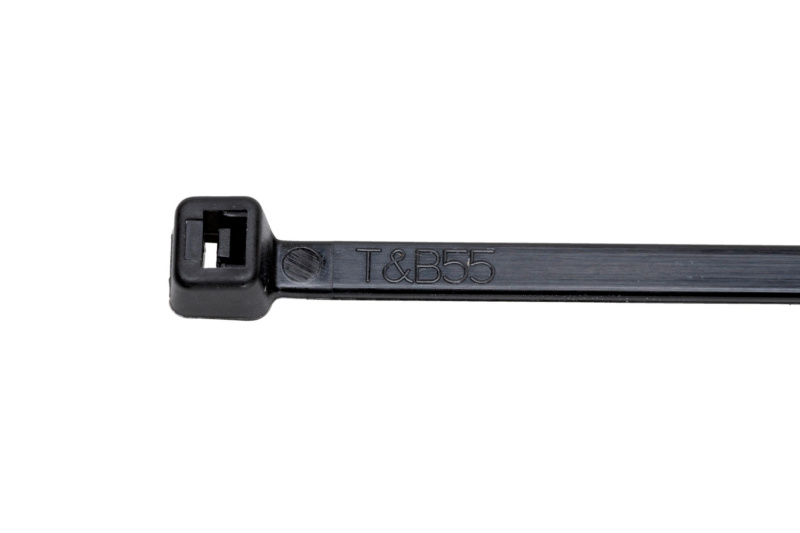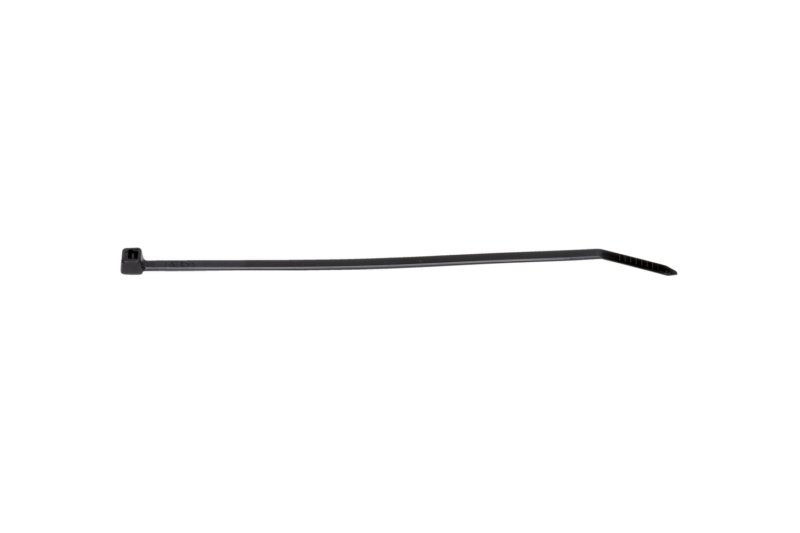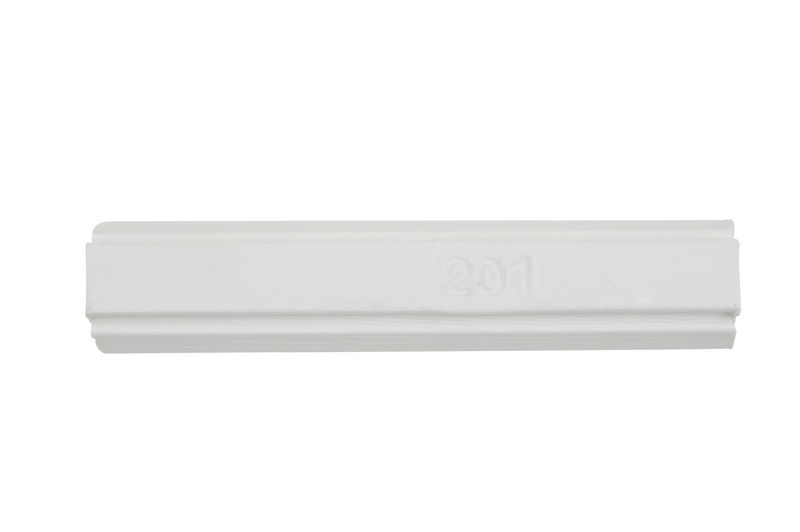Only for business customers
Customer Log in
Register your account
Sign up to become an online customer and start using all the features of our online shop!
Products
Exclusively for business customers
Hotline +374(0) 60 708807
Quick delivery
More than 125,000 products
Related products
xCable tie, UV-resistant, with plastic latch
Code: 0502948370
Questions ? +374(0)10 349347, 349348
| 0x |
Please log in to see the price
|
Add to cart |
Optimum head and fastening geometry
Excellent binding behaviour even under the most difficult conditions, such as: moisture, heat, cold.
Can be processed by hand
No additional assembly tools required
Angled cable tie ends: 2.4 + 3.6 + 4.8 mm
Convenient looping
Resistant to bases, oils, greases and motor vehicle fuels.
Not resistant to mineral acids and/or oxidising chemicals
Halogen- and silicone-free
UV-resistant
The UV resistant cable ties meet the ISO 4892-2 standard: Plastics u2013 Synthetic irradiation or weathering in equipment u2013 part 2: xenon-arc lamps. 1000 hours of irradiation or weathering using this test method is required by the IEC 62275, EN 62275 and UL 62275 standards for UV-resistant cable ties.
This test procedure involves a short test. This test cannot be extrapolated in accordance with the actual service life of cable ties under irradiation or weathering with UV lights. A number of factors may impair the degree of correlation between short tests with laboratory light sources and the actual exposure to external light sources under real operating conditions:
a) Differences in the spectral distribution of laboratory light sources and daylight;
b) Weathering or irradiation periods in which ongoing weathering or irradiation with light from a laboratory light source without any periods of darkness is used;
c) Weathering or irradiation conditions under which very frequent changes between high and low test temperatures arise or unrealistic temperature shocks are created;
d) Unrealistically high or low humidity level;
e) Lack of biological agents or pollutants.




